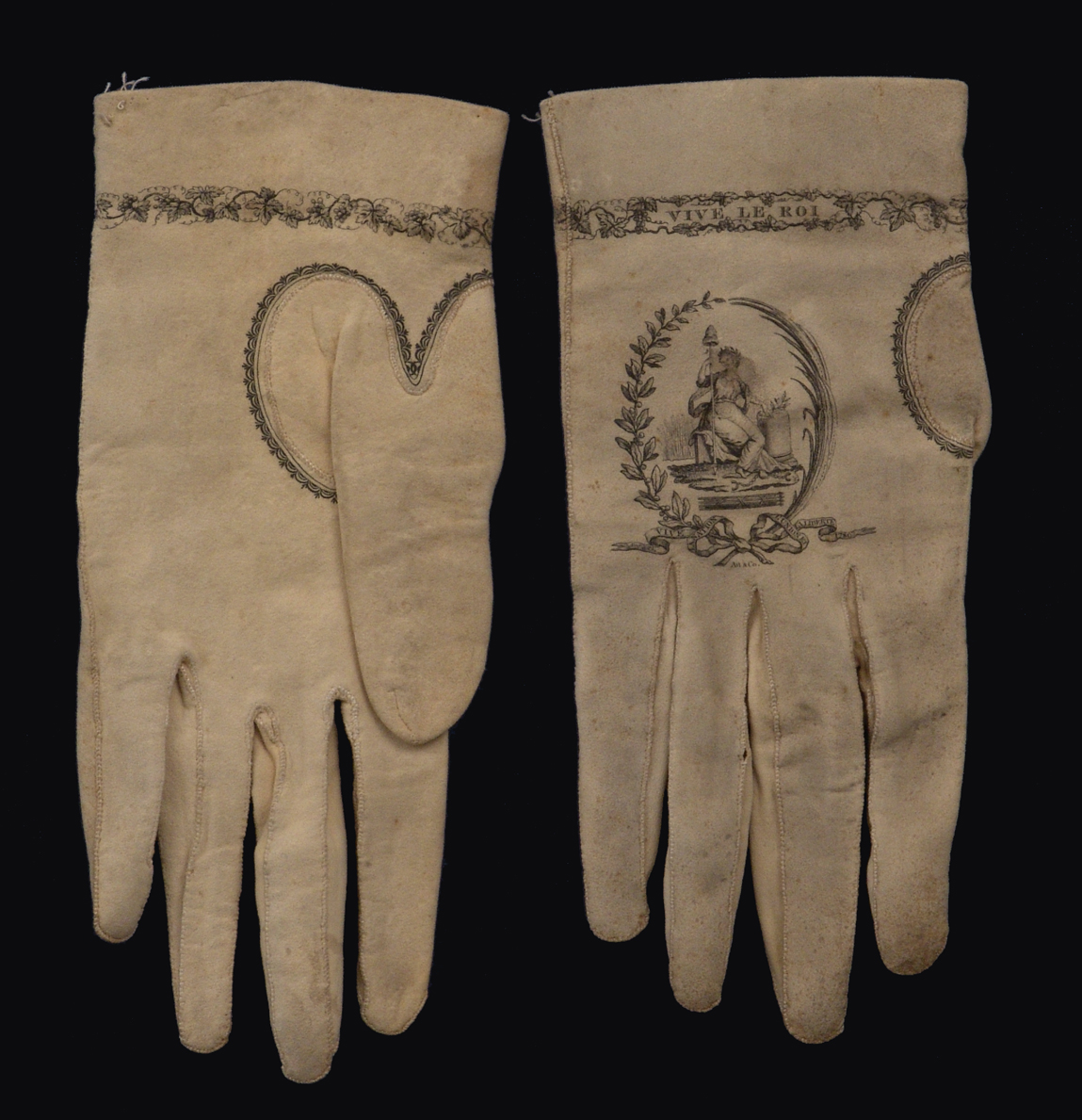
Click here to view image
Male gloves
Printed suede leather

Click here to view image
Male gloves
Printed suede leather

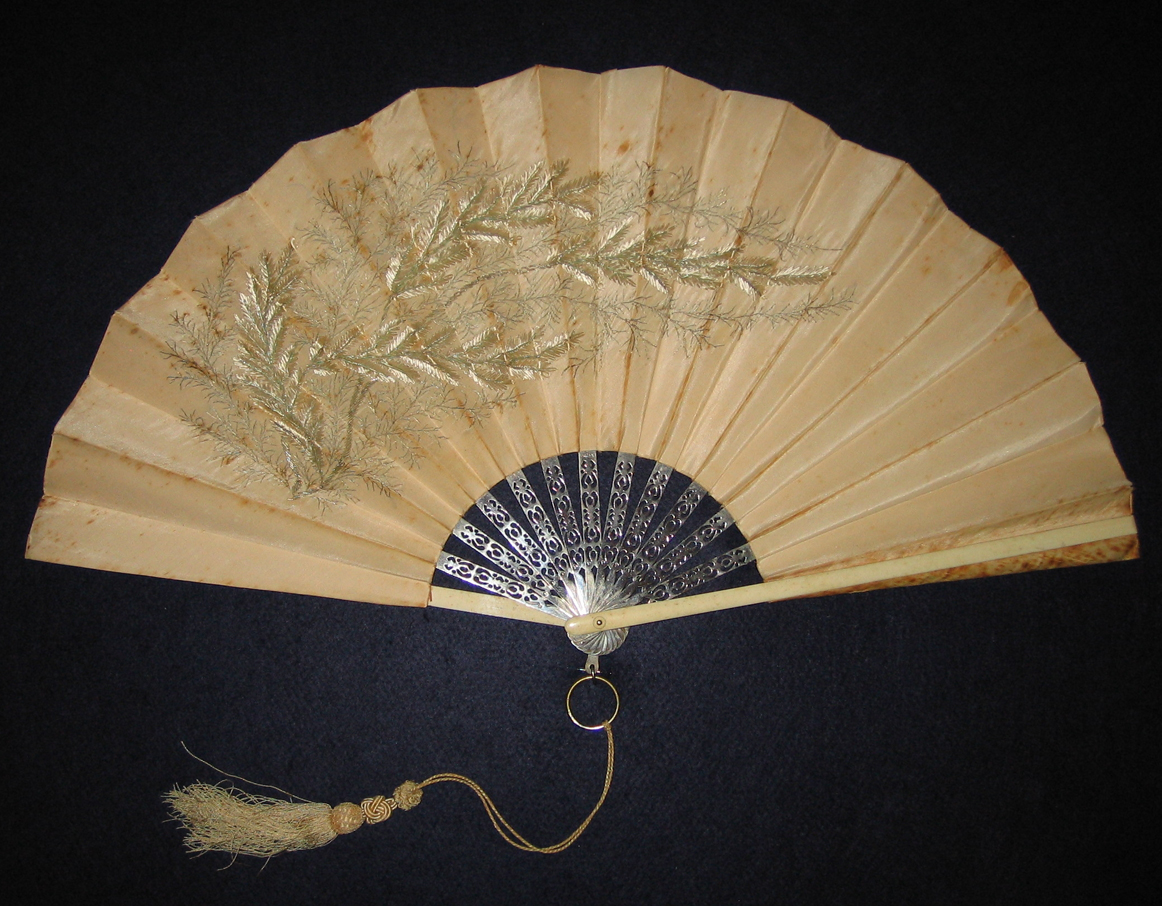
Click here to view image
Folding fan _ 2
Embroidered Gros de Tours, ivory and steel slats

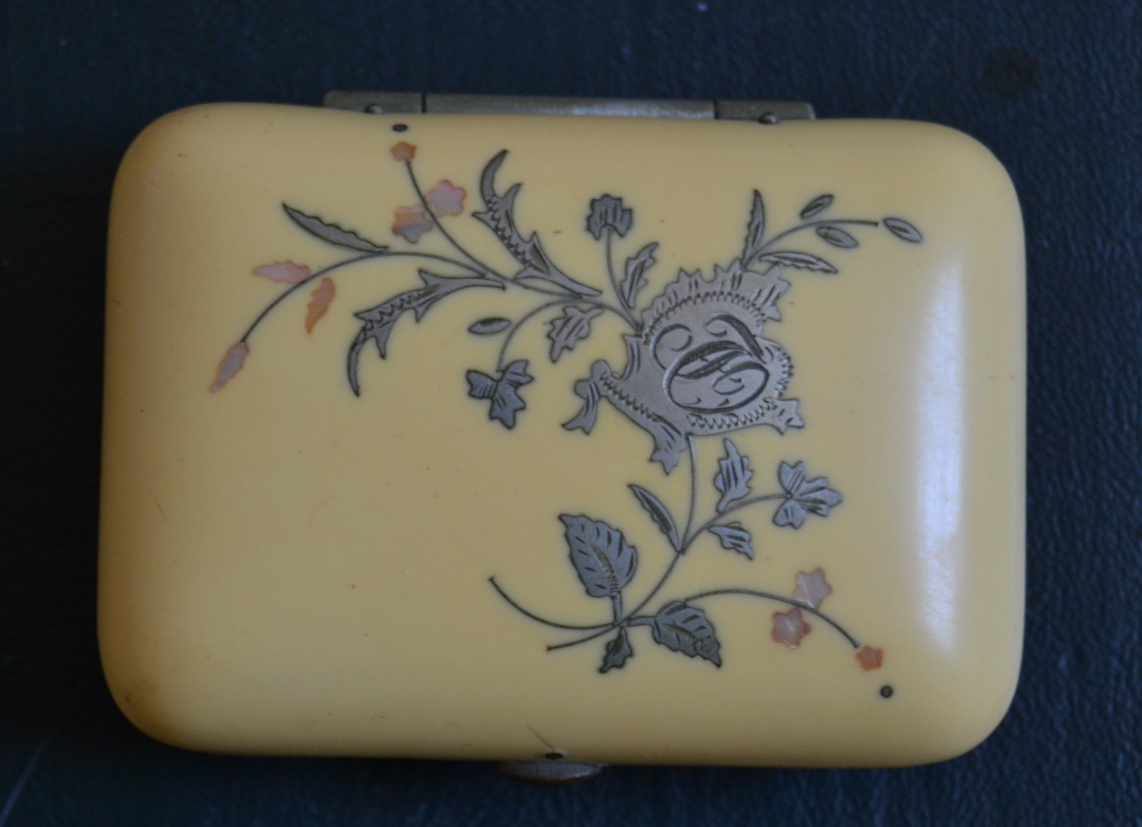
Click here to view image
Purse
Inlaid ivory in metal

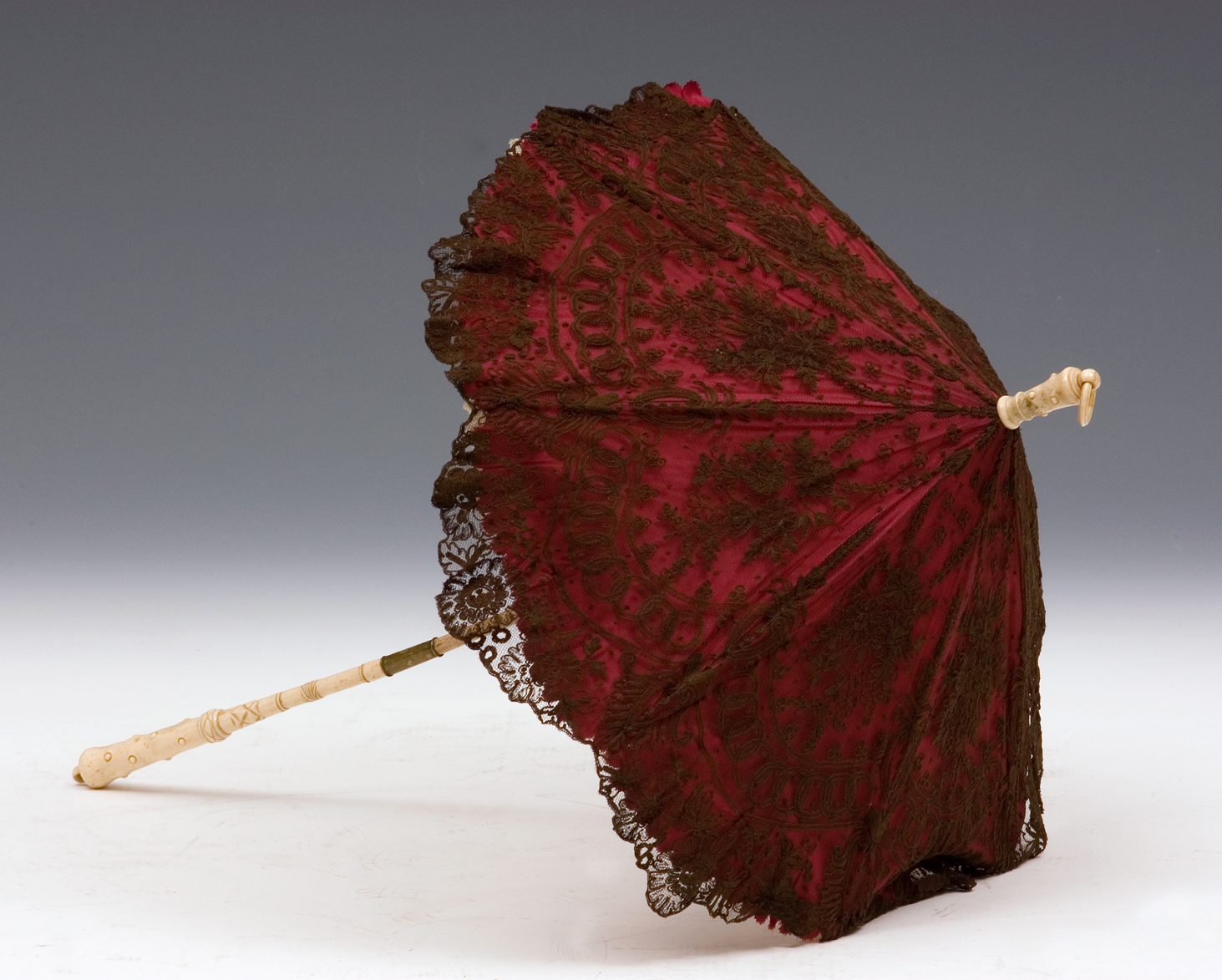
Click here to view image
Parasol
Ivory, taffeta and mechanical lace

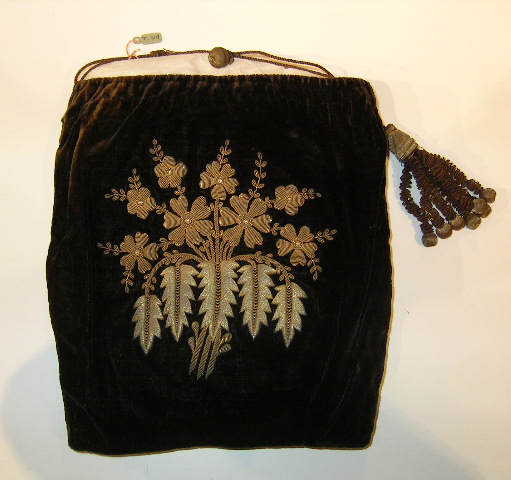
Click here to view image
Little bag
Velluto di seta ricamato

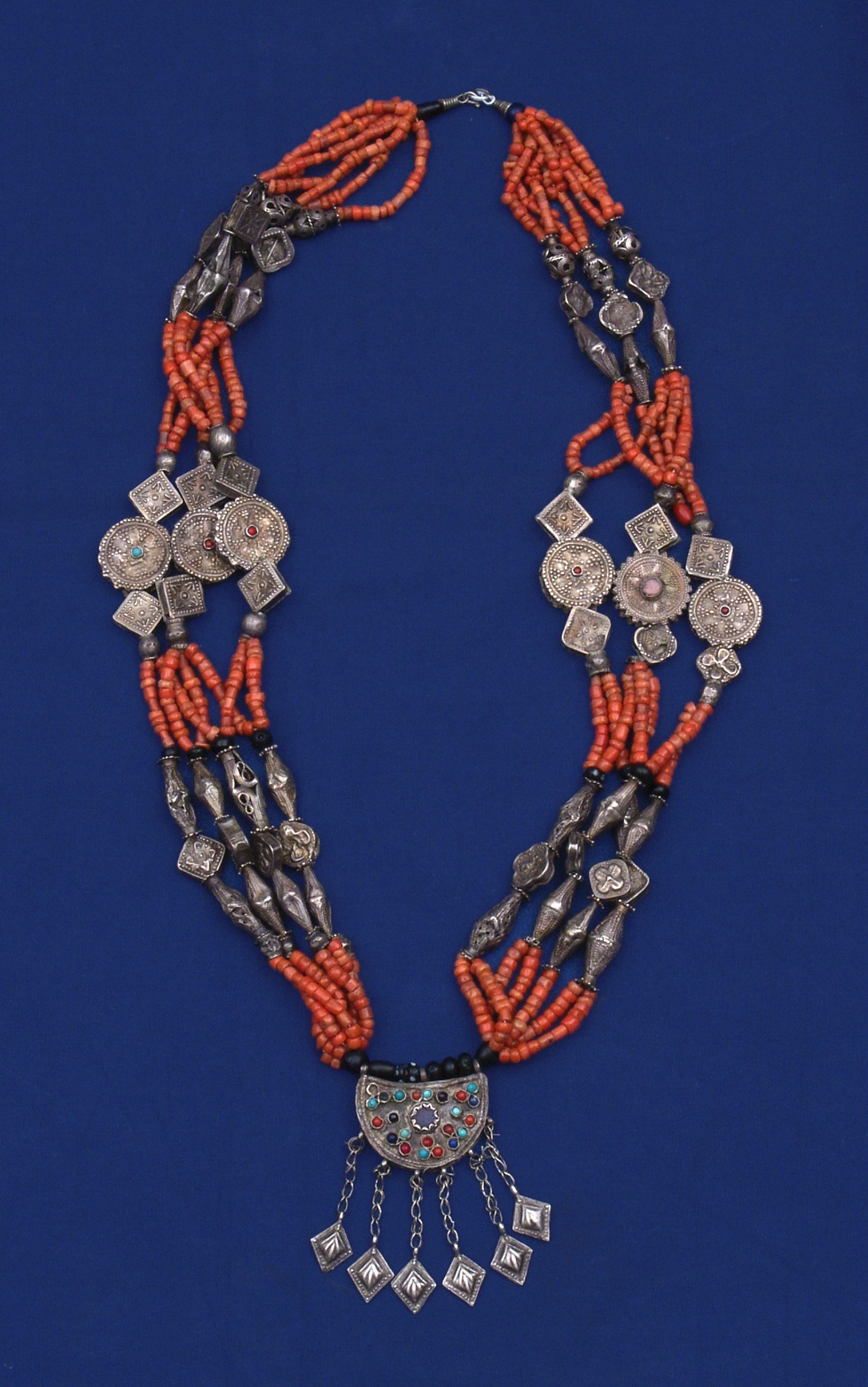
Click here to view image
Necklace
Silver worked through granulation and mold, coral, black glass paste, colored crystals

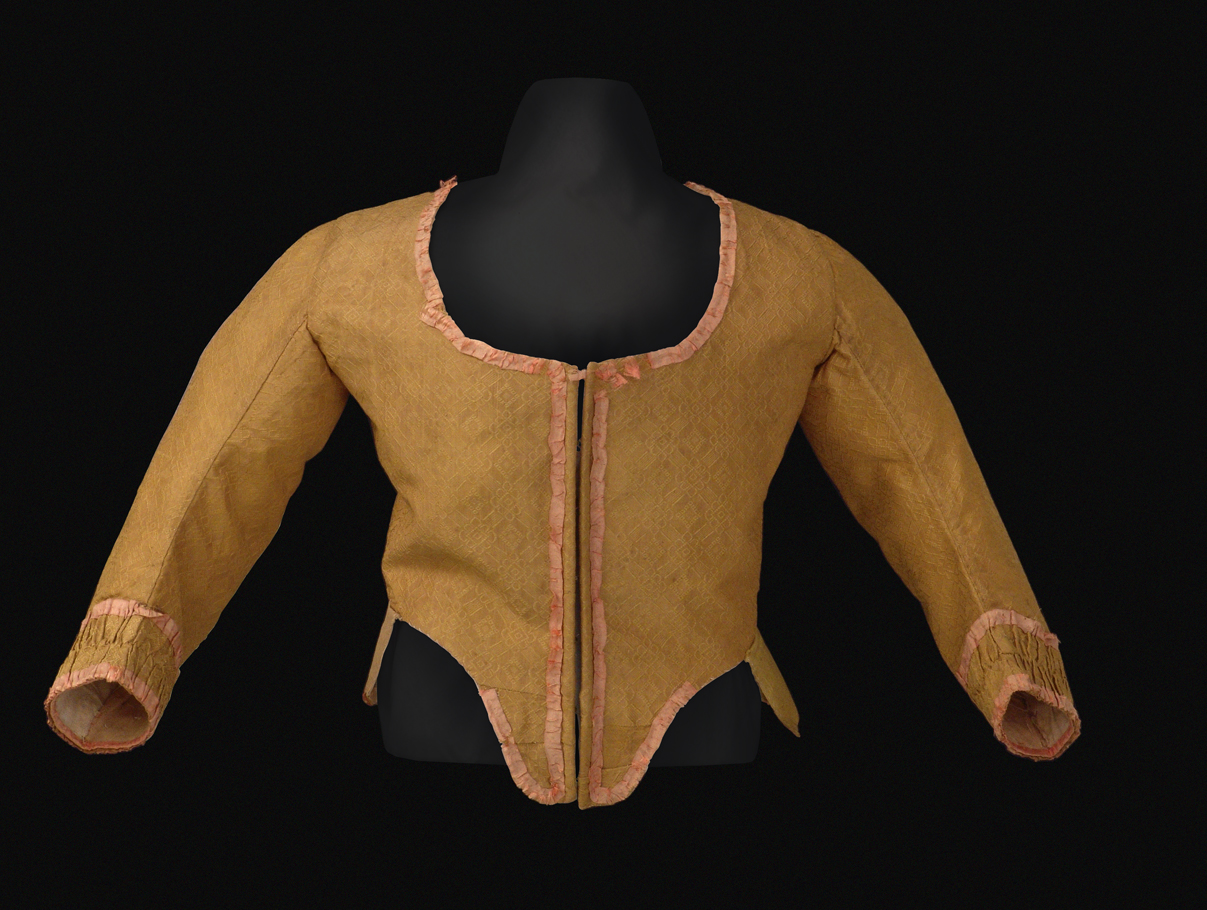
Click here to view image
Female bodie_1
Gros de Tours liseré

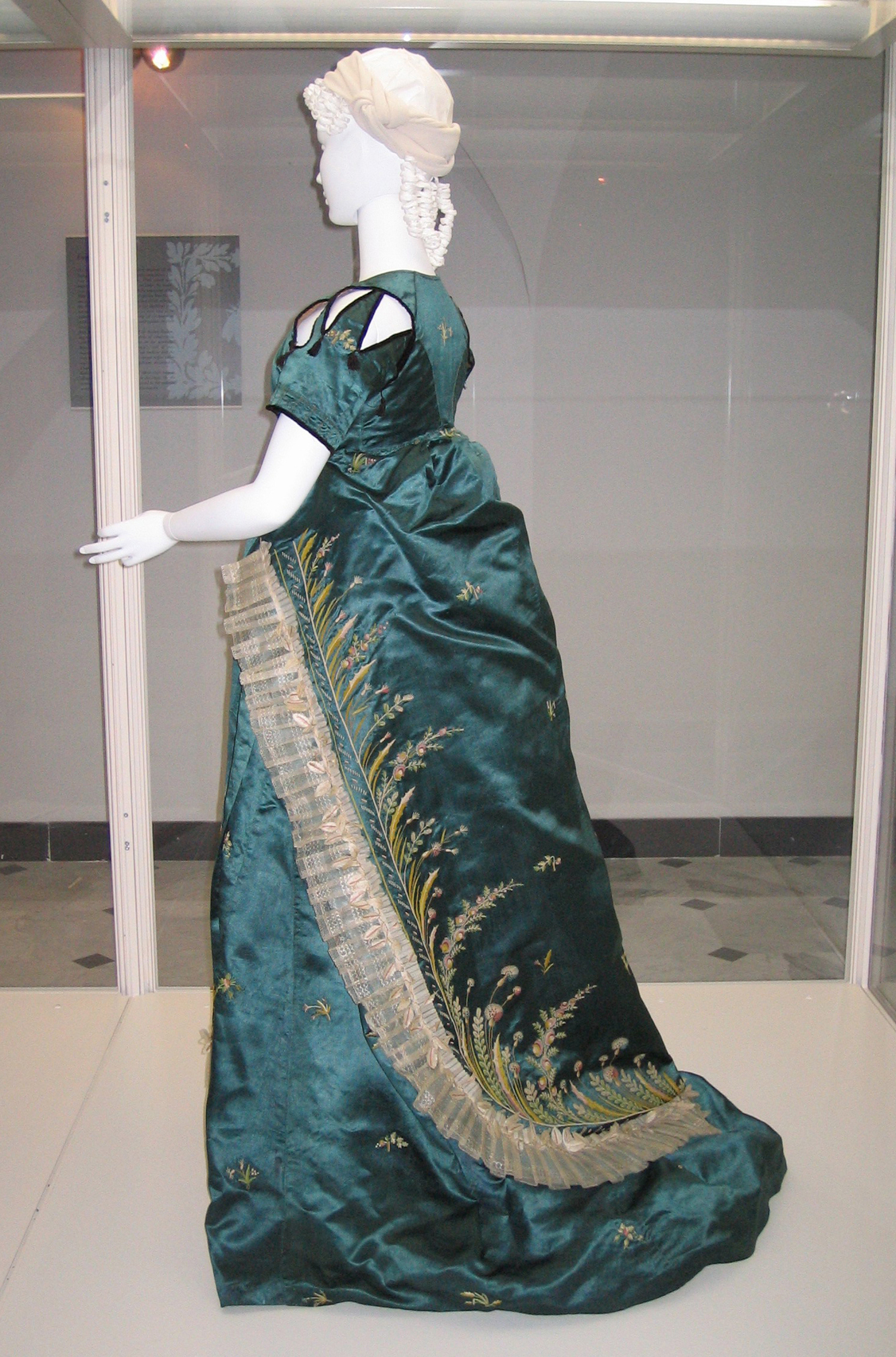
Click here to view image
Women’s dress_2
Embroidered satin

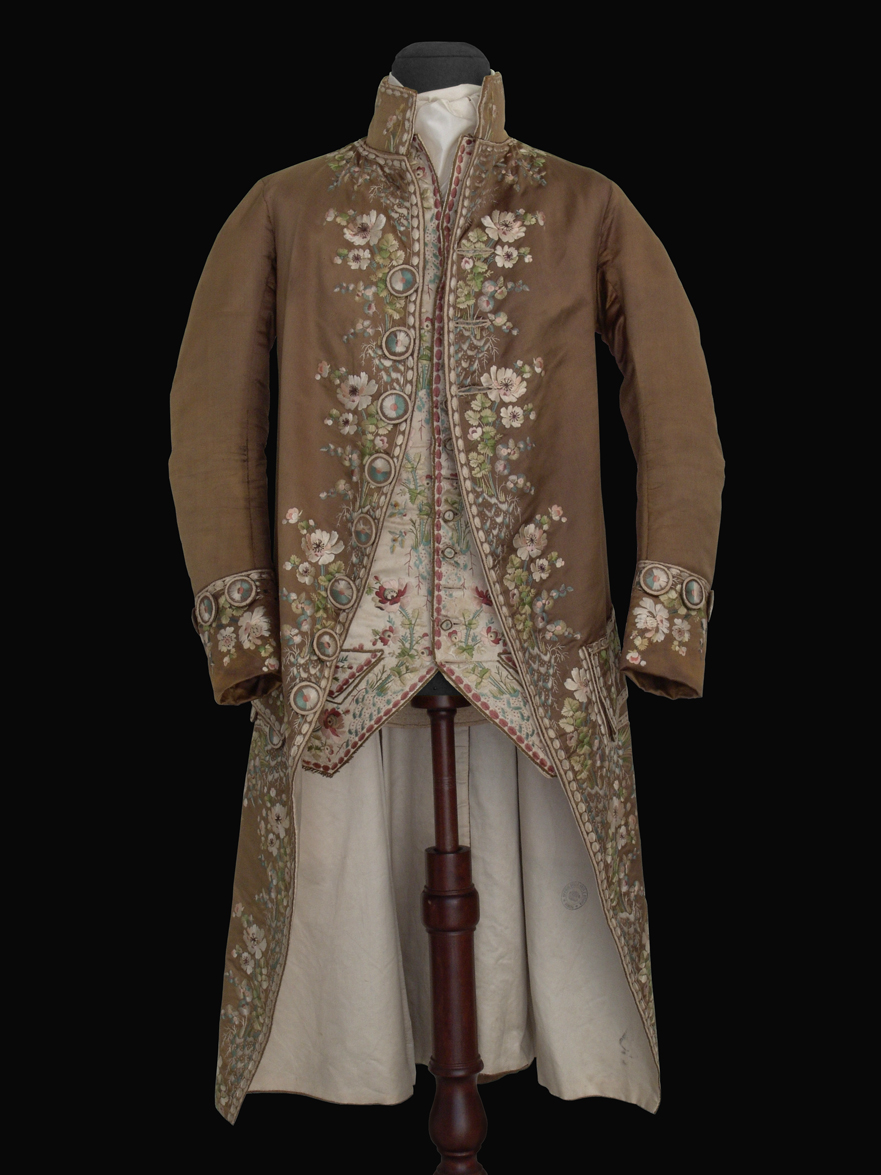
Click here to view image
Marsine and vest
Embroidered satin

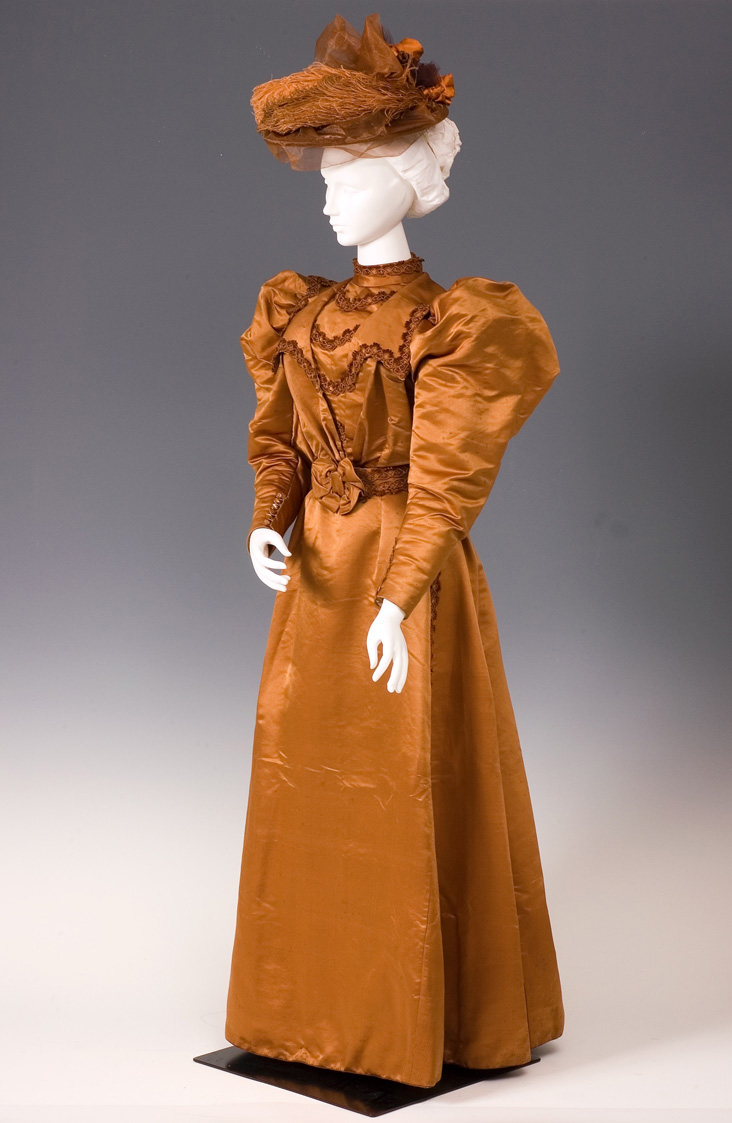
Click here to view image
Wedding dress for civil ceremony
Silk satin and chenille trimming




Headquarters:
Municipality of Genoa - Palazzo Tursi
Via Garibaldi 9 - 16124 Genoa
C.F / VAT 00856920102